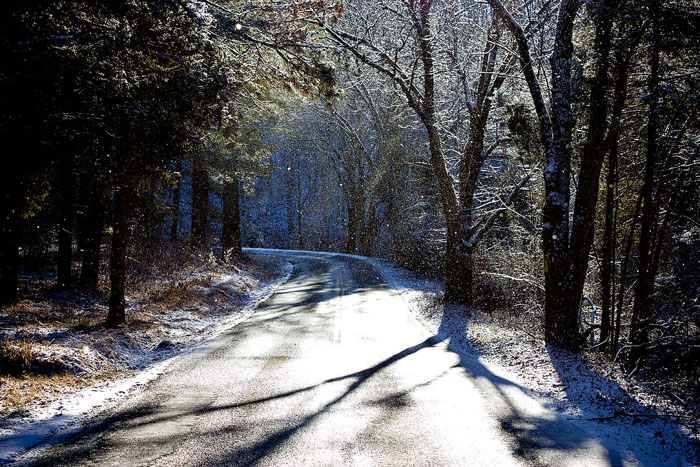 Dugout Canoes on the beach at Santa Catarina
Dugout Canoes on the beach at Santa Catarina
The boats native to Lake Atitlan are the cayucos, a unique form of dugout canoe. You see these boats all over the lake, from dawn to dusk, though usually near shore where the fish are, as fishing is their primary use. Rows of them are pulled up on the beaches of every small village and town along the shore. Continue reading “Boats of Guatemala: Lake Atitlan Cayucos”







